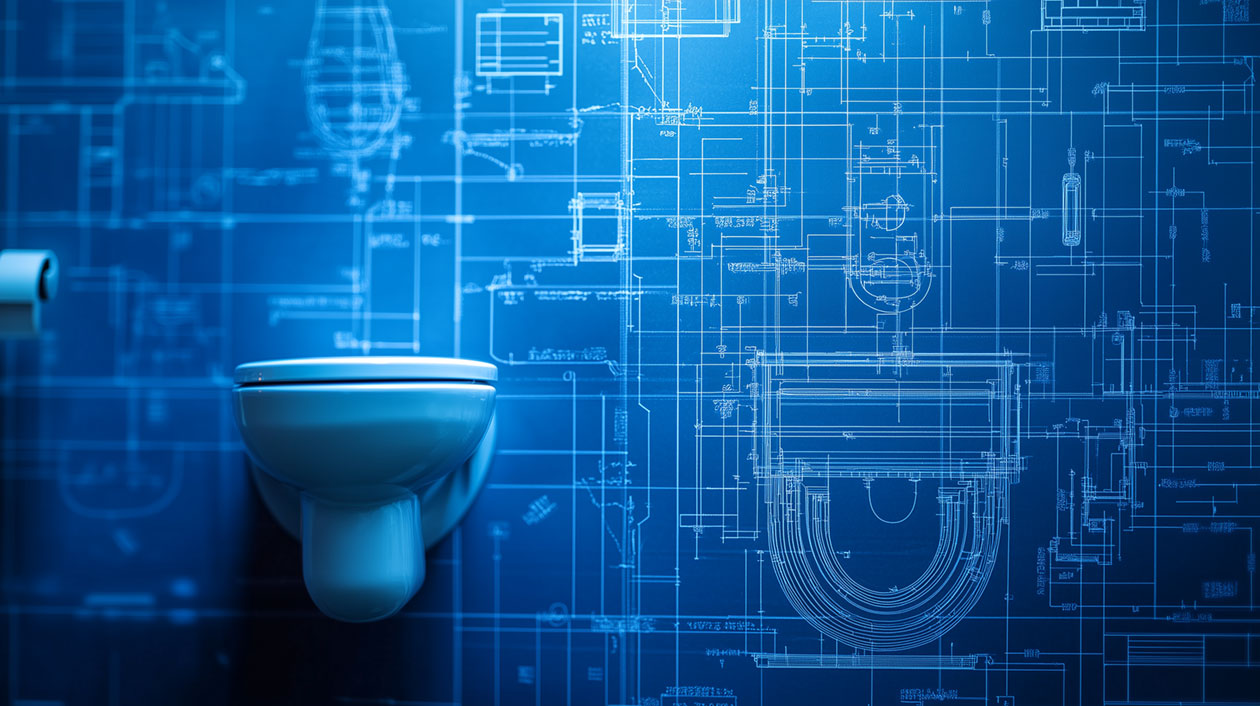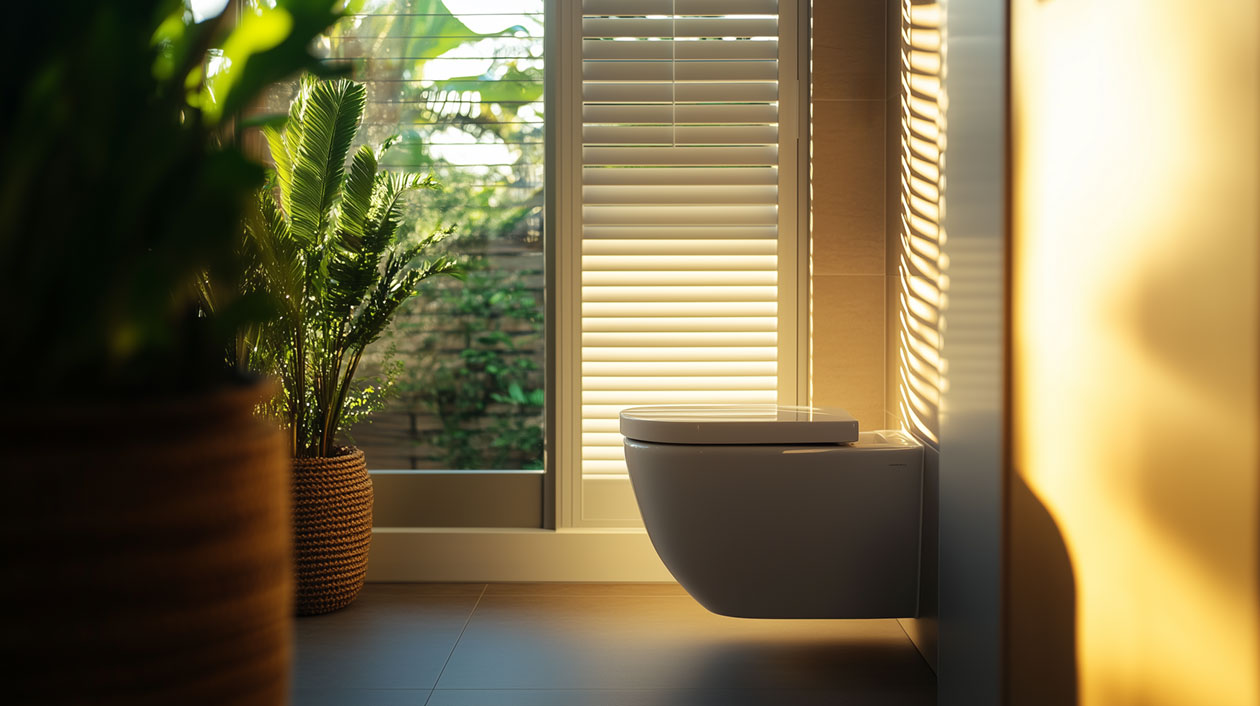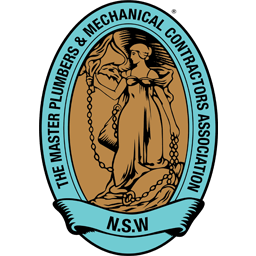Ever wonder about the magic behind your toilet flush? It’s not magic — it’s clever engineering! This guide provides a simple, thorough explanation of how toilets work. We’ll cover everything from the flush handle to the sewer line. You’ll become a toilet expert in no time!
The Flush Cycle: A Step-by-Step Breakdown
The toilet’s function is simple: use water to remove waste. The process, however, involves several key components working together. Let’s break down the flush cycle into manageable steps:
1. The Handle’s Role
Pressing the handle sets the flush cycle in motion. This action activates a chain or bar connected to the lift arm inside the tank. The lift arm, in turn, lifts the flapper, a rubber valve that seals the opening at the bottom of the tank.
2. Gravity Takes Over
Lifting the flapper opens the flush valve, allowing water stored in the tank to rush into the bowl. This rapid water flow creates the initial force needed for effective waste removal.
3. The Siphon Effect
The shape of the toilet bowl, combined with the rush of water, creates a siphon effect. As water and waste are forced down the siphon jet at the bottom of the bowl, a vacuum is created, pulling the bowl’s contents through the trap and into the drainpipe. The trap, a curved section of pipe located beneath the toilet, always retains a small amount of water, creating a seal that prevents sewer gases from entering the bathroom.
4. Refilling the Tank
As the tank empties, the float ball, connected to the fill valve, drops along with the water level. This drop releases the fill valve mechanism, allowing fresh water to flow through the fill tube and refill the tank.
5. Resetting for the Next Flush
The tank refills until the water level lifts the float ball to its preset height. This action triggers the fill valve to close, stopping the flow of fresh water. Simultaneously, the flapper settles back onto the flush valve, sealing the tank and preparing the toilet for the next flush.

Anatomy of a Toilet: Exploring the Key Components
Understanding the individual components of a toilet provides a deeper appreciation for its ingenious design. Let’s explore the essential parts:
1. The Tank
This porcelain container stores the water needed for each flush. Inside, you’ll find the fill valve, float ball, and flapper, all essential for regulating water flow and initiating the flush.
2. The Bowl
The bowl is the part you sit on, designed with a smooth, curved shape to facilitate effective flushing. At the bottom of the bowl lies the siphon jet, where water rushes in to start the siphon effect.
3. The Flush Handle
This lever, typically located on the outside of the tank, initiates the flushing process when pressed. It activates the trip lever assembly inside the tank, which lifts the flapper and releases the water.
4. The Flapper
This rubber valve sits over the flush valve opening at the bottom of the tank. When lifted, water flows into the bowl, initiating the flush.
5. The Fill Valve
This valve, connected to the water supply line, controls the water flow into the tank. It ensures the tank refills are at the correct level after each flush.
6. The Float Ball
Connected to the fill valve, this buoyant ball rises and falls with the tank’s water level. It signals the fill valve to open or close, regulating the water level.
7. The Trap
Located beneath the bowl, this curved section of pipe retains a small amount of water after each flush. This water creates a seal, preventing sewer gases from backing up into the bathroom.
8. The Wax Ring
This essential but often overlooked component creates a watertight seal between the toilet’s base and the drain pipe flange on the floor. A properly installed wax ring prevents leaks from the base of your toilet.
Typical Toilet Troubles: Troubleshooting Tips
Even with their clever design, toilets can sometimes need help with issues. Here are some common problems and simple troubleshooting tips:
A toilet that continues to run water after flushing often indicates a problem with the flapper. The flapper may be worn out, preventing a proper seal and stopping other parts of your toilet flushing mechanism from functioning correctly. Try these solutions:
- Jiggle the Handle: Sometimes, a simple jiggle can reseat a misaligned flapper.
- Replace the Flapper: If jiggling doesn’t work, replacing the flapper is a relatively easy DIY fix.
2. Weak Flush
A weak flush or a toilet that won’t flush, often indicates low water levels in the tank or a clog in the siphon jet or trap:
- Check the Tank Water Level: Ensure the water level is at the manufacturer’s marked line.
- Clear a Clogged Jet: Use a wire coat hanger or a plumbing snake to dislodge any obstructions.
3. Leaky Toilet
Leaks around the base of the toilet can signal a failing wax ring:
- Inspect the Wax Ring: Check for visible signs of damage or deterioration.
- Replace the Wax Ring: If the wax ring is compromised, it’s best to replace it to prevent further damage.
4. Clogged Toilet
A clog prevents the toilet from flushing properly. There are a few different ways to unblock a toilet, try these first:
- Use a Plunger: A plunger creates pressure to dislodge the clog.
- Without a Plunger: You can try natural methods like baking soda, hot water and even a wire coat hanger.
- Try a Toilet Auger: For stubborn clogs, a toilet auger, also known as a plumbing snake, can reach deeper into the drainpipe.
From the simple act of pressing the handle to the satisfying rush of a complete flush, toilets are marvels of engineering we often take for granted. Understanding the basic principles of how toilets work empowers us to troubleshoot common issues and appreciate the ingenuity behind this essential household fixture.
However, some toilet problems require the expertise of a licensed plumber. If you’re facing persistent issues or need professional assistance, don’t hesitate to contact the licensed plumbers at TrueFlow Plumbing and Drains. We’re here to help keep your plumbing running smoothly.



